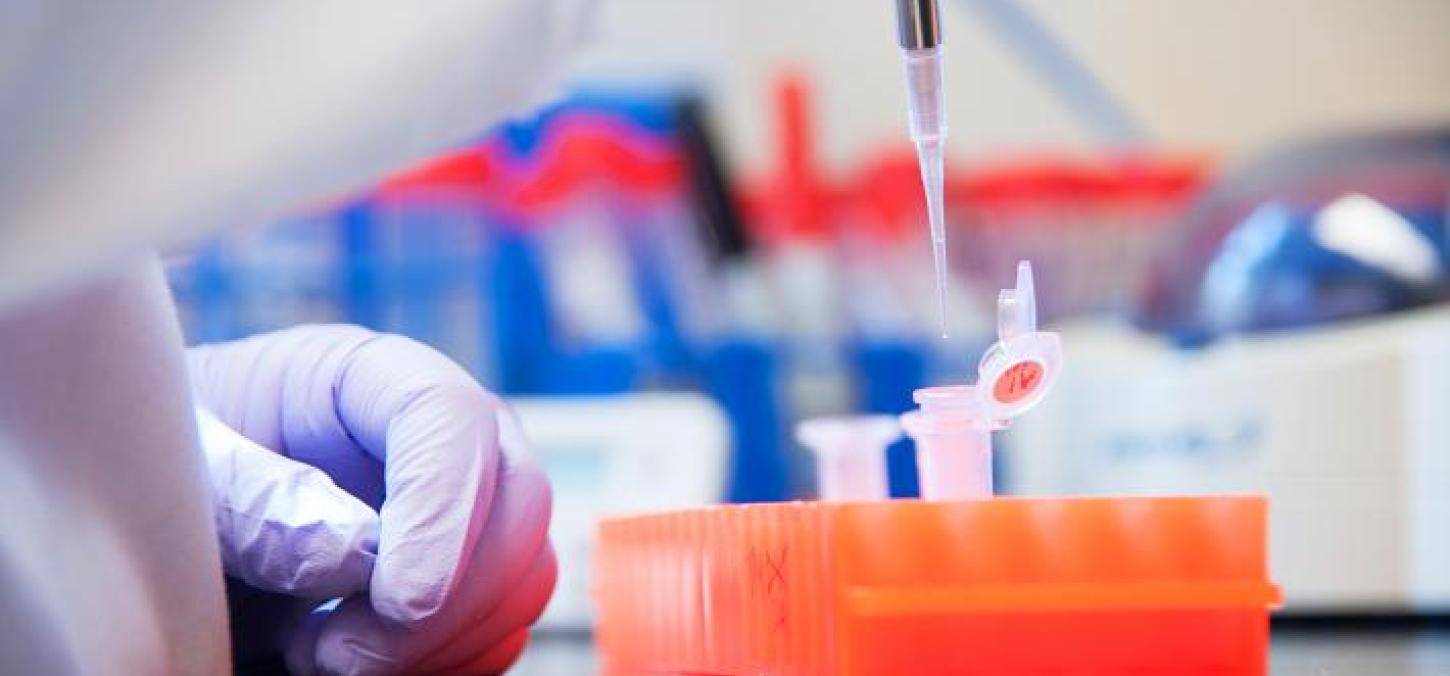
New Collaboration Between U of T Dentistry and University College London (UCL)
Dentistry’s Assistant Professor Massieh Moayedi is among the leading researchers selected for a new jointly funded program between University College London (UCL) and University of Toronto. With colleagues from SickKids, they will conduct a new project called "Mechanism-Based Evaluation of Paediatric Chronic Pain".
This project is supported by a 2017-2019 University College London–University of Toronto Joint Research Projects and Exchange Activities Award.
There are several types of childhood chronic pain, including musculoskeletal (MSK) pain, and neuropathic pain. Even though 1 in 5 kids suffer from chronic pain – pain that lasts more than 3 months – little is known about both types of pain in general – and even less in known about childhood pain. Therefore, Dr. Moayedi and his collaborators wish to gain a better understanding of how and why pediatric chronic pain happens.
Pain in children (ages 11 to 18) can occur after a massive stressor or exposure to trauma, such as a divorce, a death, or abuse. This, in turn, can impact overall brain and physical health into adulthood. “We want to disentangle the links between brain trauma, stress, pain and brain function,” said Dr. Moayedi. “We want to understand what is going on and predict what can be done differently in terms of treatment.”
Moayedi and Co-Investigator Suellen Walker from UCL will investigate chronic pain in children from multiple angles to shed light on underlying mechanisms, different types of pain, and to evaluate the best outcome tools to deal with chronic pain in future trials.
The initiative was established to strengthen partnerships between the two universities and encourage innovative approaches to global challenges. Funding will support collaborative research and education projects that focus on issues in education, child health, neuroscience, cities, and social sciences.

___________
Dr. Moayedi is also the recipient of a recent NSERC Discovery grant for his study called “Identifying pain-specific connectivity in the human brain.”
We have all experienced pain – it is a perceptual experience that signals tissue damage. However, despite decades of research, we do not know how pain is represented in the brain. The brain pattern observed during pain is related to the attention-grabbing ability (or salience) of the pain (or salience of pain). Typical comparisons used in brain imaging are not able to distinguish between pain and touch. However, given that pain and touch are perceptually different — pain is inherently unpleasant, whereas touch is not — it is important to determine whether brain differences between touch and pain are related to unpleasantness, rather than pain itself.
The overall aim of the study is to identify a mechanism specific for pain perception. To achieve this, rather than simply contrast brain activity, he will investigate network activity in the brain. In other words, he will identify what brain regions communicate and work together during the experience of pain, but not during touch.
These studies will greatly advance fundamental understanding of the pain system, and have profound translational impact for health researchers to develop a biomarker for pain, and identify novel therapeutic markers.